Family: Araceae
Genus: Alocasia
Species: A.baginda
Variety: Silver Dragon
Alocasia Silver Dragon Common Names
- Elephant Ear ‘Silver Dragon’.
- The African Gray Mask.
Features of the Alocasia Silver Dragon Plant
Height and Structure
- The height of the plant is highly dependent on the space available. Average height and spread of an indoor plant is around 50cm (0.5 meter).
- Long petioles support the leaves. A number of petioles join at the base to form the plant body.
- The plant body doesn’t like to expand much.
Leaves
- Length of a mature leaf is around 15 cm with a width of about 5 to 8 cm.
Air-purification
In addition to its beauty, it will purify the air of its surroundings. Isn’t it a good package for indoor ornamentation?
Toxicity
All the Alocasias are highly toxic for both plants and animals. The possess no.4 level toxicity. Ingestion may lead to severe reactions and ulceration in the throat and oesophagus. Thus, keep the kids and pets strictly away from your Alocasia Silver.
Dormancy
Just like the majority of Alocasias, the plant shows slow growth in winter. Moreover, it may shed some or all of the leaves as well. This is popularly known as the stage of dormancy. The plant is alive and just ‘sleeping’. Your jewel Silver Dragon Alocasia will start flourishing as soon as the spring arrives.
Water Requirement
Let us share a basic watering strategy. Water the plant thoroughly and wait for the soil to get dry before you water again. The frequency depends upon the season and the temperature. In summer, you need to water about three times a week. While in winter, once a week seems to be enough. Importantly, wet feet, wet foliage and soggy soil are strictly intolerable for the Alocasia silver. Thus, always avoid over-watering.

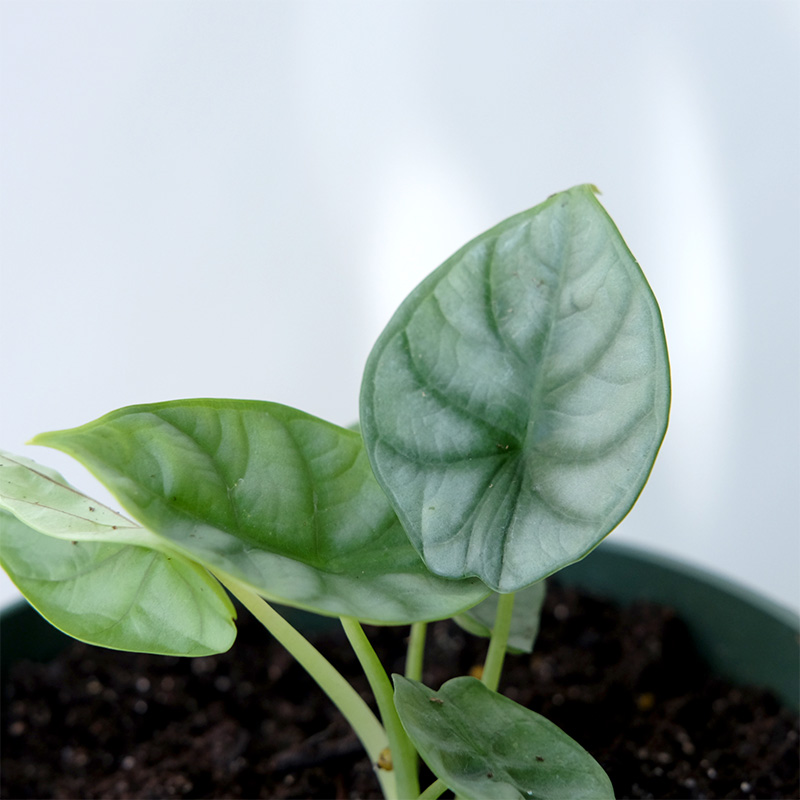
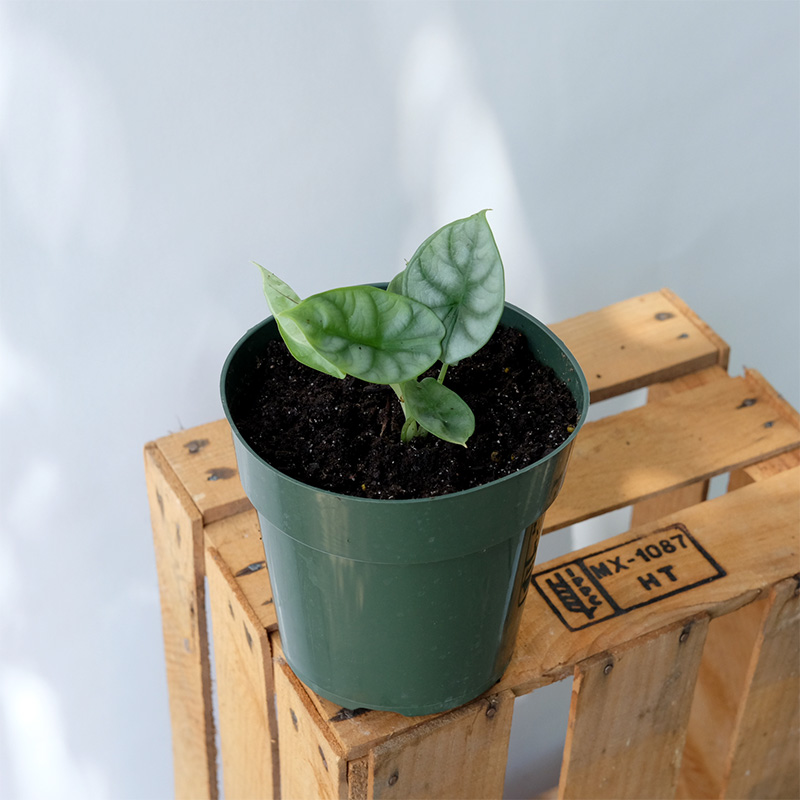
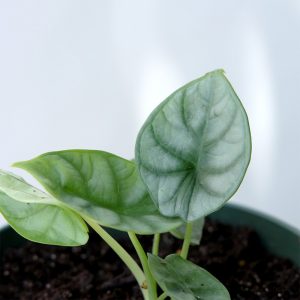
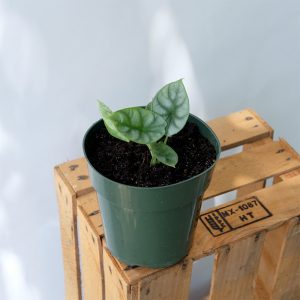
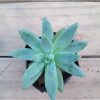
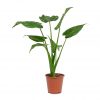
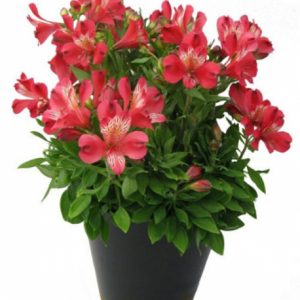
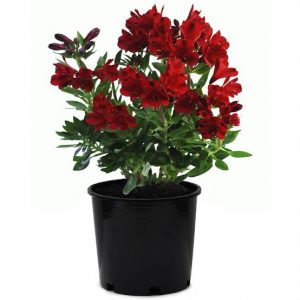
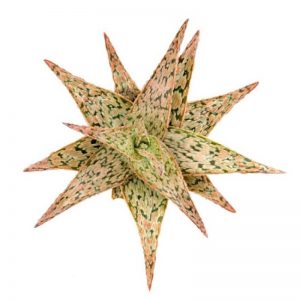
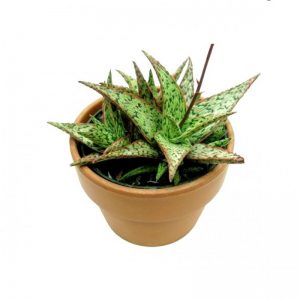
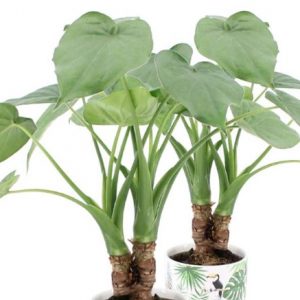

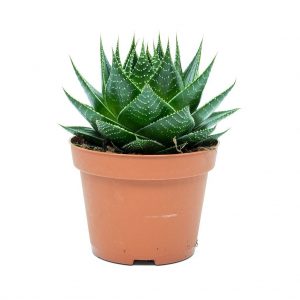
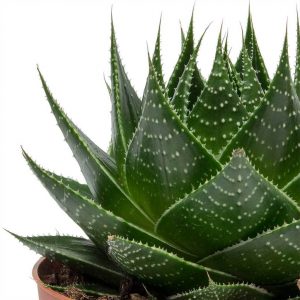
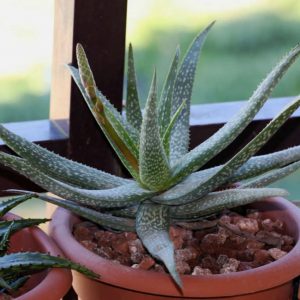
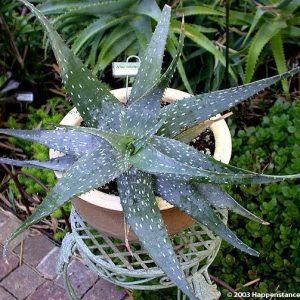
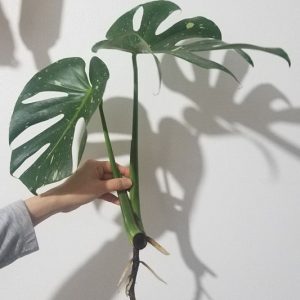
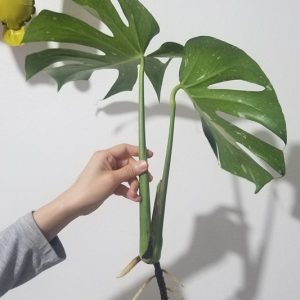
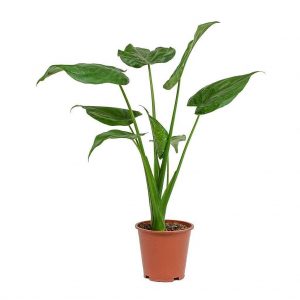
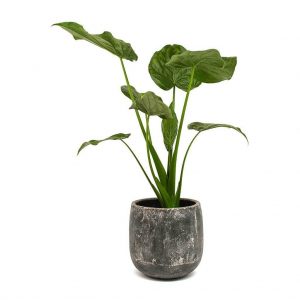
Reviews
There are no reviews yet.